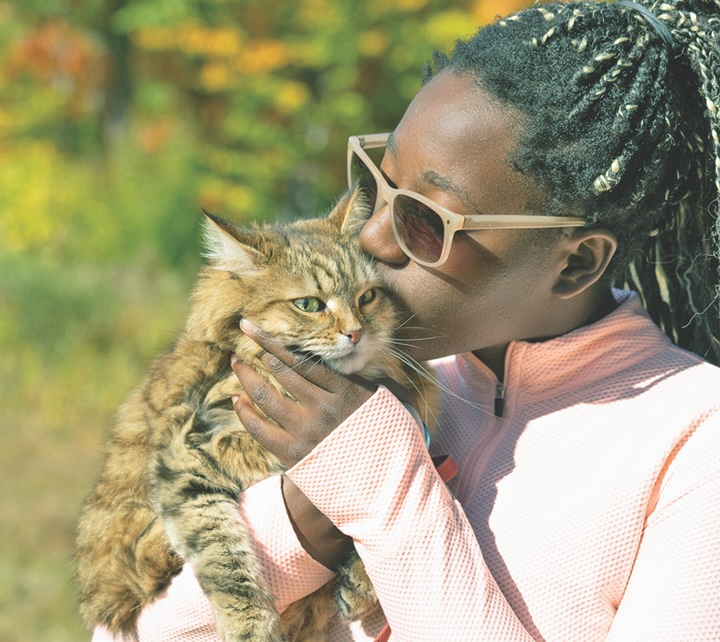A midyear pet adoption report published by Hill’s Pet Nutrition shows that both dog and cat adoptions have slowed and even decreased slightly. Many factors are being blamed for the trend.
Behavior issues have always been a concern for many potential adopters, of course, especially if they rent and fear house soiling or destructive chewing or scratching. Now, however, potential adopters with incomes less than $75,000 say costs are a major factor. About 43% of the people surveyed mention cost as a factor in pet adoption.
One of those big costs is pet friendly housing. Owning your own home usually means you can have pets, but if you rent, you are subject to your landlord’s rules.
Pets are not inexpensive, with the minimums of food and veterinary care being out of reach of many people. Many pets may also need grooming and/or accessories such as beds, scratching posts, and chew toys. Pet insurance can help with veterinary costs, but it is an expense as well.
Many communities are coming up with ways to help get pets into homes and keep them in their homes. Many human food pantries also offer pet food, and some places have dedicated pet food pantries. Larger shelters may offer low-cost preventive care for those with limited incomes as well as discounted spays and neuters. Some shelters and breed rescues have foster programs for pets with medical issues and senior pets. In these situations, the shelter or rescue covers many of the costs, particularly medical care.
There are also groups that offer help with veterinary expenses. Besides national ones, many veterinary colleges and even some individual practices have “Good Samaritan” funds to help with costs. Visit https://www.avma.org/resources/pet-owners/yourvet/financial-assistance-veterinary-care-costs to learn more.




